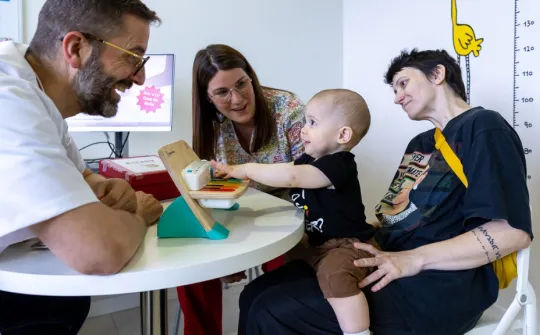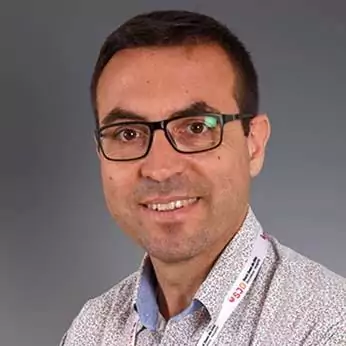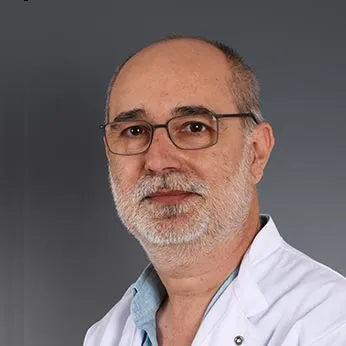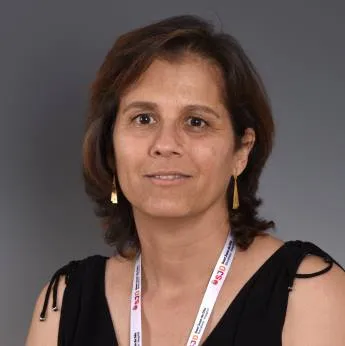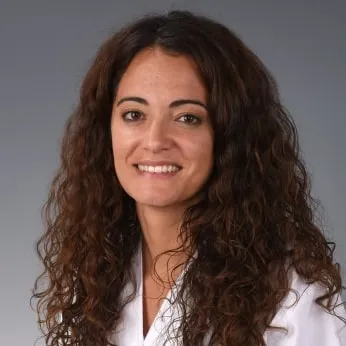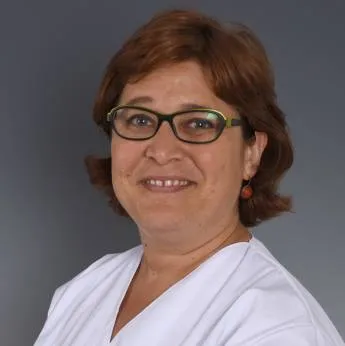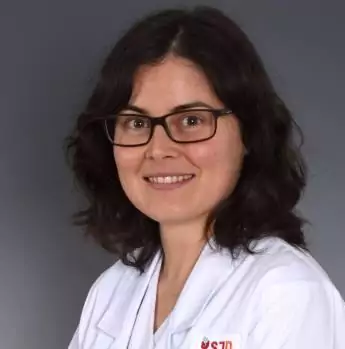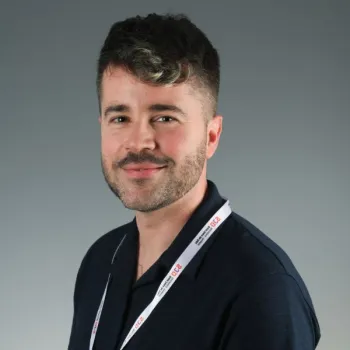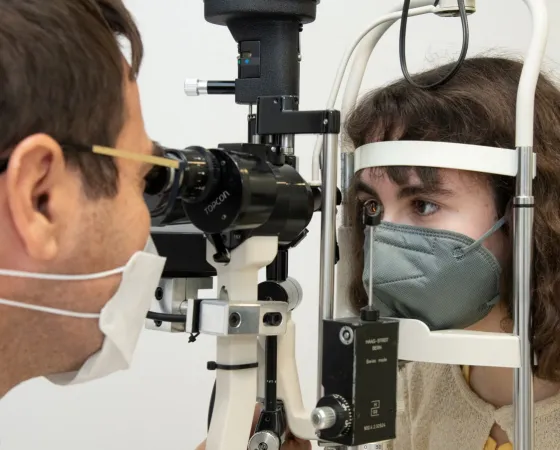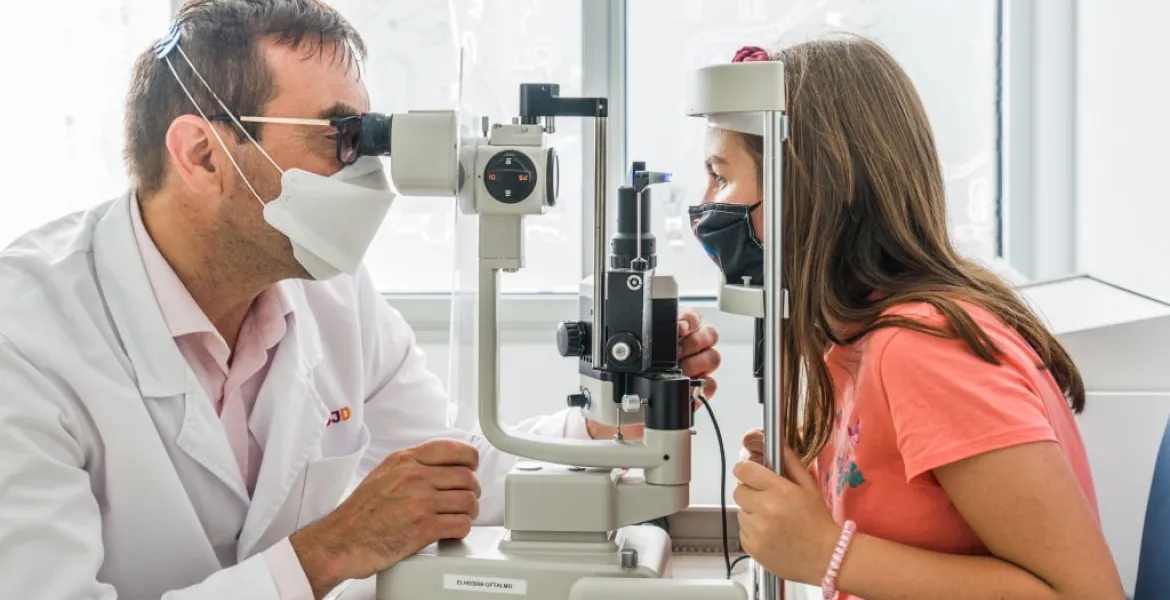
We are a national reference centre for the diagnosis and treatment of children with these eye diseases of genetic origin.
The Hereditary Retinal Dystrophies Unit is a joint unit made up of the Ophthalmology departments at the SJD Barcelona Children's Hospital and University Hospital of Bellvitge. At the SJD Barcelona Children's Hospital, we focus on the care, diagnosis and treatment of children affected by these eye diseases which are caused by genetic mutations. Once they reach adulthood, they continue their follow-up at Bellvitge University Hospital, a centre of reference for the diagnosis and treatment of retinal dystrophies in adults.
Our unit is multidisciplinary in nature, with the intervention of professionals from Ophthalmology, Neurophysiology, Genetic and Molecular Medicine, Optometry, Nursing and technical staff from the operating theatre.
We firmly believe in the fundamental role that patients and their families play in managing the disease, which is why we include patient associations as part of the Unit's team.
What are hereditary retinal dystrophies?
They are a heterogeneous group of diseases of the vitreous, retina or choroid caused by mutations in more than 270 genes. More than 30 types of retinal dystrophies have been described and, in some cases, they can cause progressive loss of sight.
Despite their low incidence of 1 per 3,000 inhabitants, and the fact that they are included within minority diseases, they represent the leading cause of sight loss in childhood.
These are hereditary diseases that pass from parents to children, the most common being those in which both the father and the mother are carriers of the mutation (autosomal recessive inheritance). For this reason, it is essential to have an experienced Clinical and Molecular Genetics team like the one in our unit to carry out an early diagnosis.
In addition, up to 30% of cases are associated with non-ophthalmological diseases or syndromes, such as Usher syndrome (which is associated with deafness), Bardet-Biedl disease (which presents with polydactyly, mental retardation, obesity and hypogonadism), and Alström syndrome (associated with deafness, obesity, diabetes, mental retardation, cardiac disorders, kidney and liver failure and pulmonary fibrosis).
Accreditations
The SJD Barcelona Children's Hospital is a CSUR national reference center for the treatment of hereditary retinal dystrophies.
Why SJD Barcelona Children's Hospital?
Every year we treat more than 1,000 patients.
We are a centre of reference in Spain
Every year we treat more than 1,000 patients.
The SJD Barcelona Children's Hospital is recognised by the National Health System as a national reference centre (CSUR) for the treatment of hereditary retinal dystrophies. Our Retinal Dystrophies Unit is, therefore, the leading unit in Catalonia specialising in the care of these pathologies in children and adults.
The Hereditary Retinal Dystrophies Unit monitors some 1,000 affected patients from both Catalonia and the Spanish state.
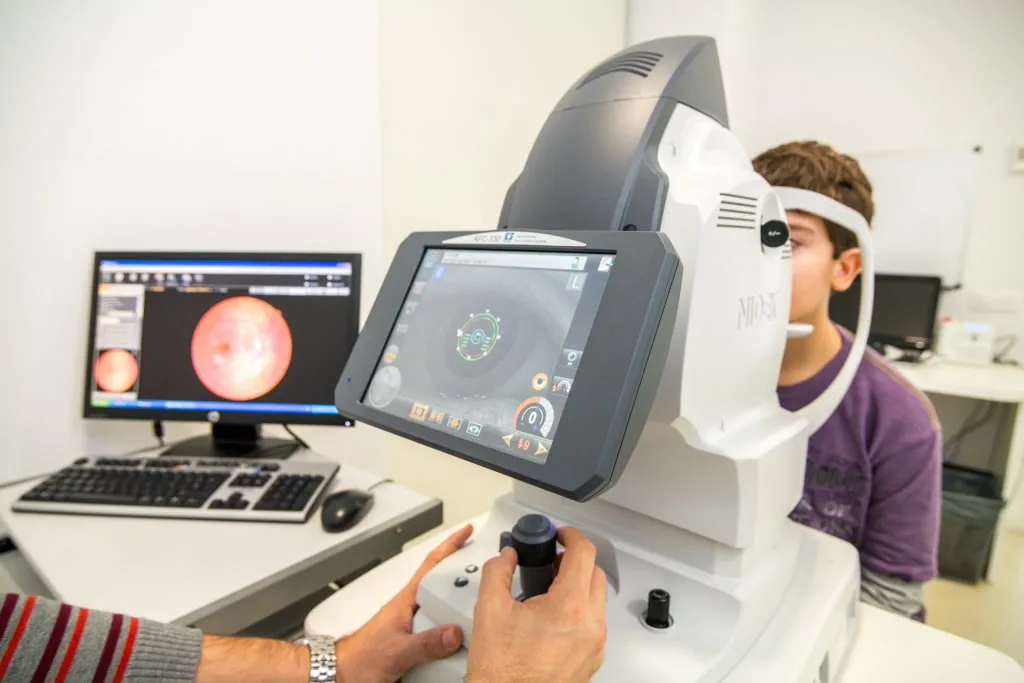
We are pioneers in the use of gene therapy.
At the forefront of research and innovative treatments
We are pioneers in the use of gene therapy.
We are pioneers in the use of gene therapy for the treatment of certain retinal dystrophies, such as Leber's Congenital Amaurosis and some types of retinitis pigmentosa. Based on the use of non-pathological viruses, these treatments enable the retina to re-encode the protein it needs to restore the correct functioning of the visual cycle. They can be performed on patients with viable retinal cells and they allow a certain percentage of sight to be recovered, which varies in each patient.
An example of the application is the recent use of gene therapy with voretigene neparvovec (trade name: Luxturna).
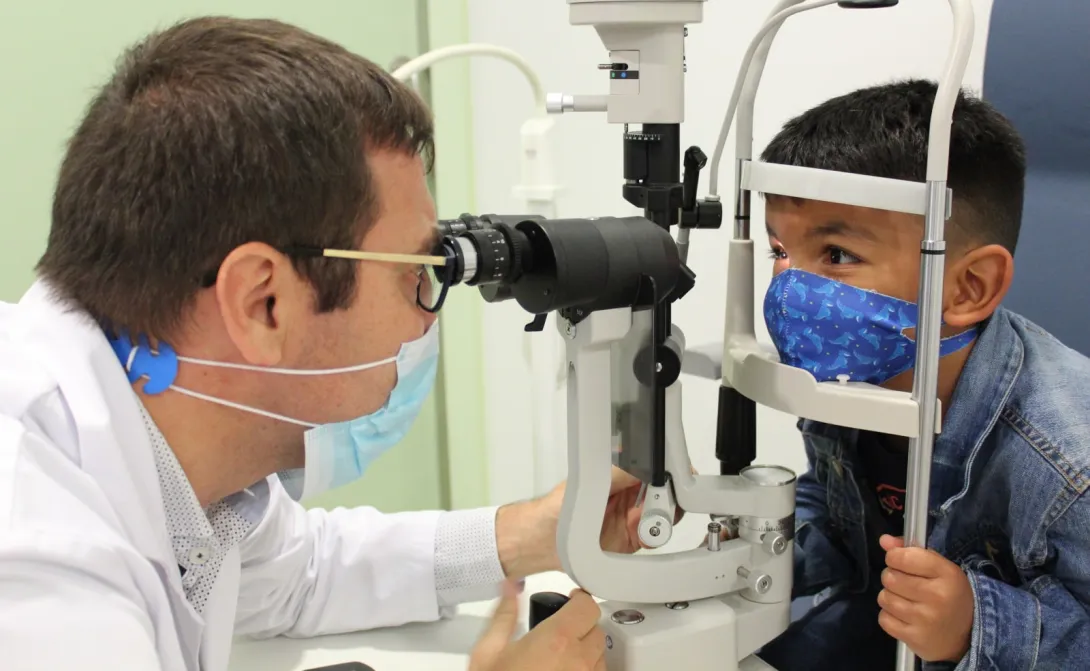
We coordinate the work of professionals from various disciplines
Multidisciplinary care focused on the child and their family
We coordinate the work of professionals from various disciplines
The diagnosis and treatment of hereditary retinal dystrophies require the coordinated work of professionals from various disciplines, such as Ophthalmology and Optometry, Neurophysiology, Genetics, Nursing and the Surgical wing. In addition, the unit enjoys close collaboration with patient associations, which provide the valuable perspectives of patients and their families. The Ophthalmology Department is responsible for coordinating all these professionals.

We have the A10 program, pioneer of transition of the pediatric patient.
Coordinated transition to the adult hospital
We have the A10 program, pioneer of transition of the pediatric patient
The SJD Barcelona Children's Hospital is the centre that cares for patients up to 18 years of age. The transition process to the adult hospital starts from the age of 17, following the centre's A10 programme protocol, thus ensuring the continuity of medical care to patients, their education in managing the disease and the psychosocial and administrative management support that is required.
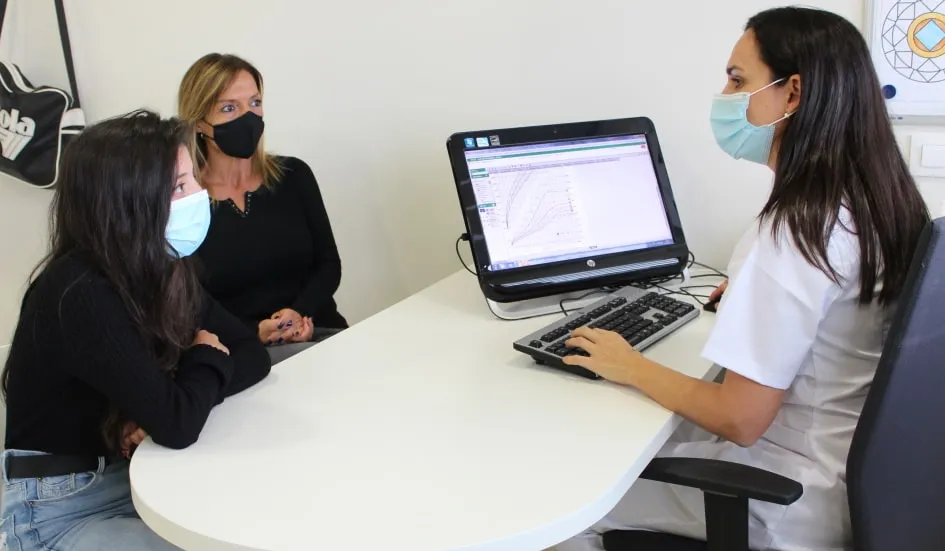
Indicators
Patients with annual follow-up
Confirmed clinical diagnoses of our patients
Confirmed genetic diagnoses
New pediatric patients
Electrophysiological tests performed
2019 data
Our professionals
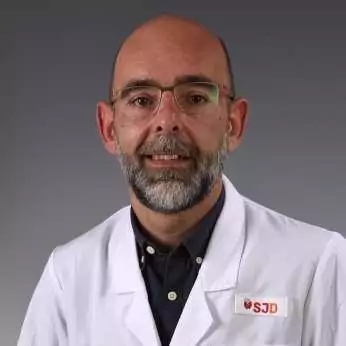


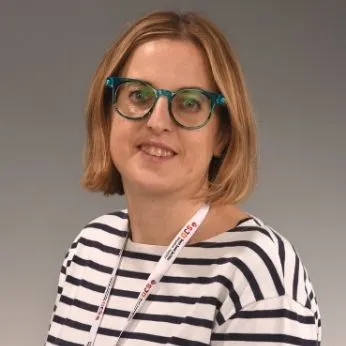

University Hospital of Bellvitge's healthcare team
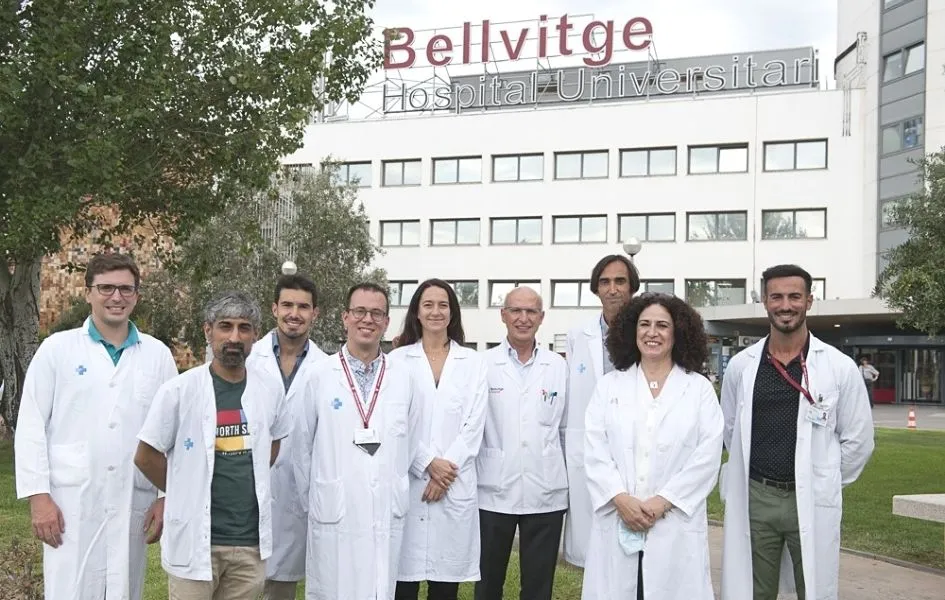
In the picture from left to right:
- Pere Garcia-Bru, from the Medical Retina and Surgery Department.
- Rahul Morwani, from the Medical Retina and Surgery Department.
- Juan Francisco Santamaria, from the Medical Retina and Surgery Department.
- Daniel Lorenzo, from the Medical Retina and Surgery Department.
- Estefanía Cobos, Coordinator of the Retinal Dystrophies Unit.
- Josep Maria Caminal, Head of the Ophthalmology Department.
- Lluís Arias, Section Head of the Ophthalmology Department.
- Mercè Badia, Optometrist specialising in electrophysiology.
- David Megías, Optometrist specialising in reduced vision.
And Anna Esteve Garcia, Genetic Counsellor at the University Hospital of Bellvitge.
Patients' Associations
Association of people affected by achromatopsia and blue cone monochromatism.
Association to help people with albinism
Catalonia Visual Disability Association: B1+B2+B3
Retina Catalonia Association.
Es Retina Asturias Association
Point of View Foundation
Solidarity challenges #Stargardt Go
Research and clinical trials
New therapeutic options for the diagnosis and treatment of hereditary retinal dystrophies are continually opening up thanks to studies and clinical trials. Our unit's research is patient-oriented, and it is one of the essential lines of the Pediatric Ophthalmology group of the Institut de Recerca Sant Joan de Déu.
Clinical trial HYPERION
A new phase 3 clinical trial, HYPERION, has been launched for pediatric patients with retinal dystrophy and low light perception. Children aged six years and older with retinal dystrophy and a specific mutation in the CEP290 gene (c.2991+1655A>G) who currently have light perception are eligible to participate in the study.

Teaching activities
SJD Barcelona Children's Hospital is a university hospital affiliated with the Universitat de Barcelona, and so we share our knowledge and train around 30 national and international residents every year so they can specialise in high-complexity medicine.
Our unit also welcomes students from the Master's in Pediatric Ophthalmology at the Universitat de Barcelona to the SJD Barcelona Children's Hospital in 3-month rotations.
Finally, our professionals are part of the Ophthalmology faculty of the School of Medicine at the Universitat de Barcelona.
